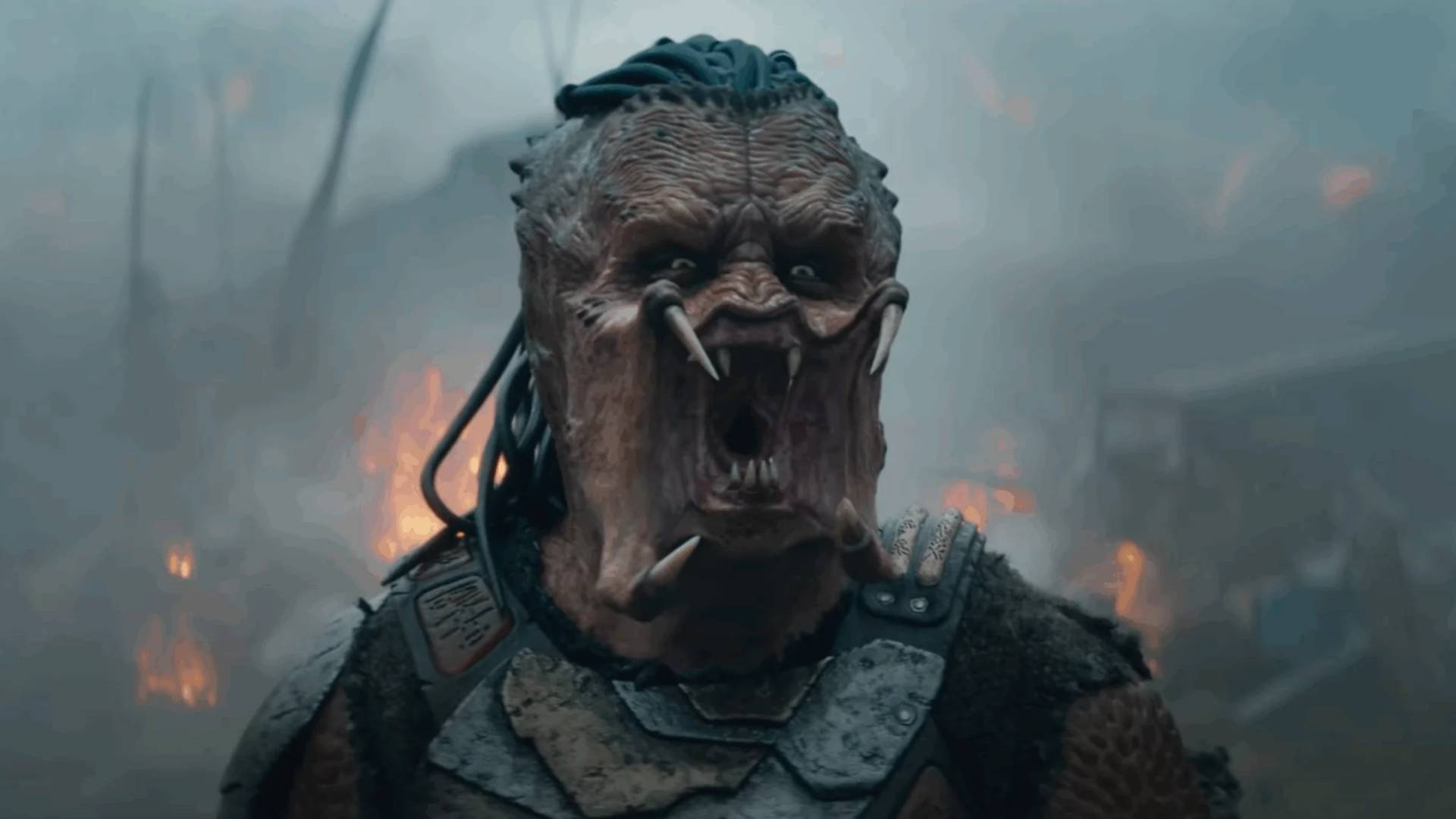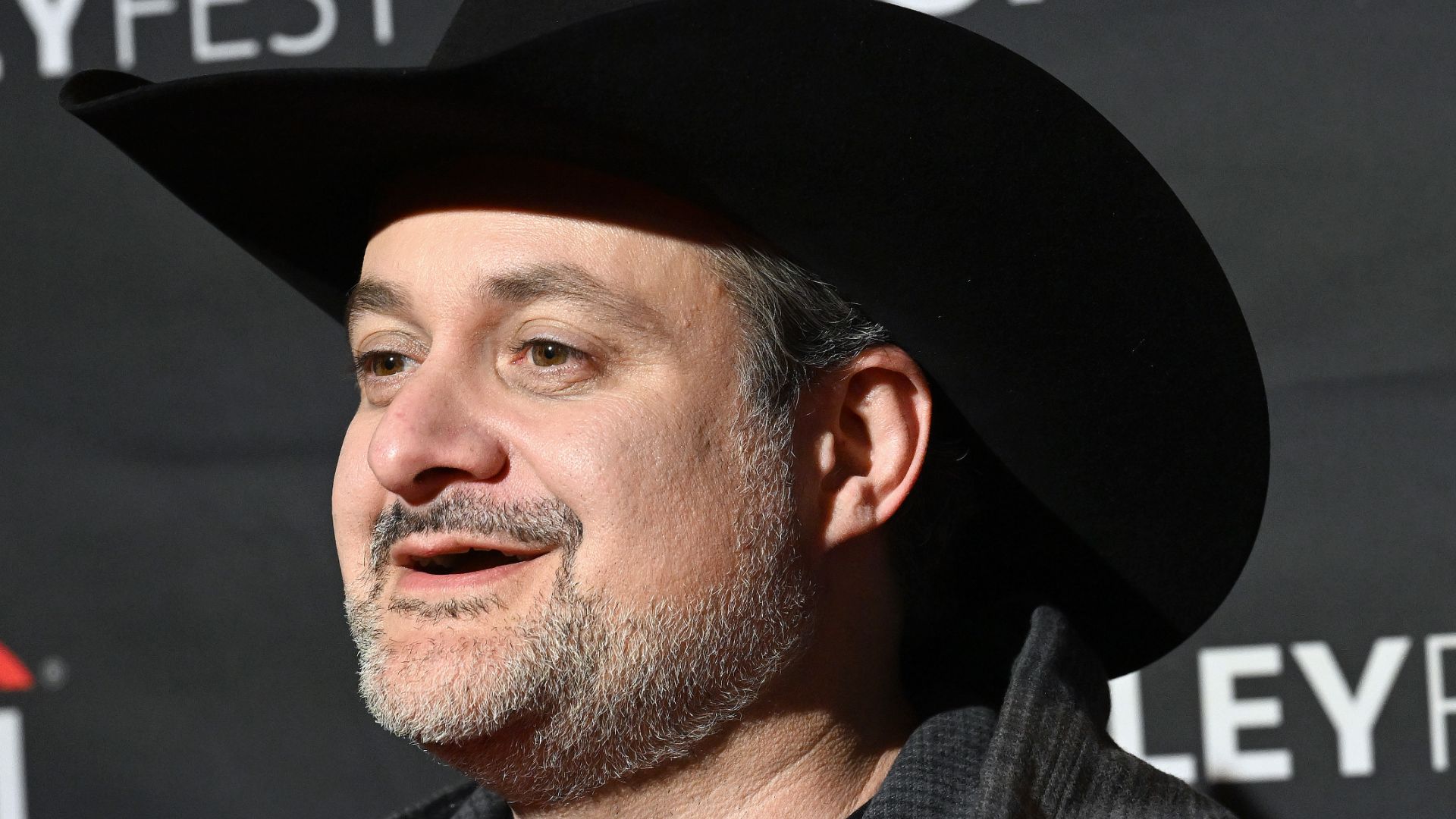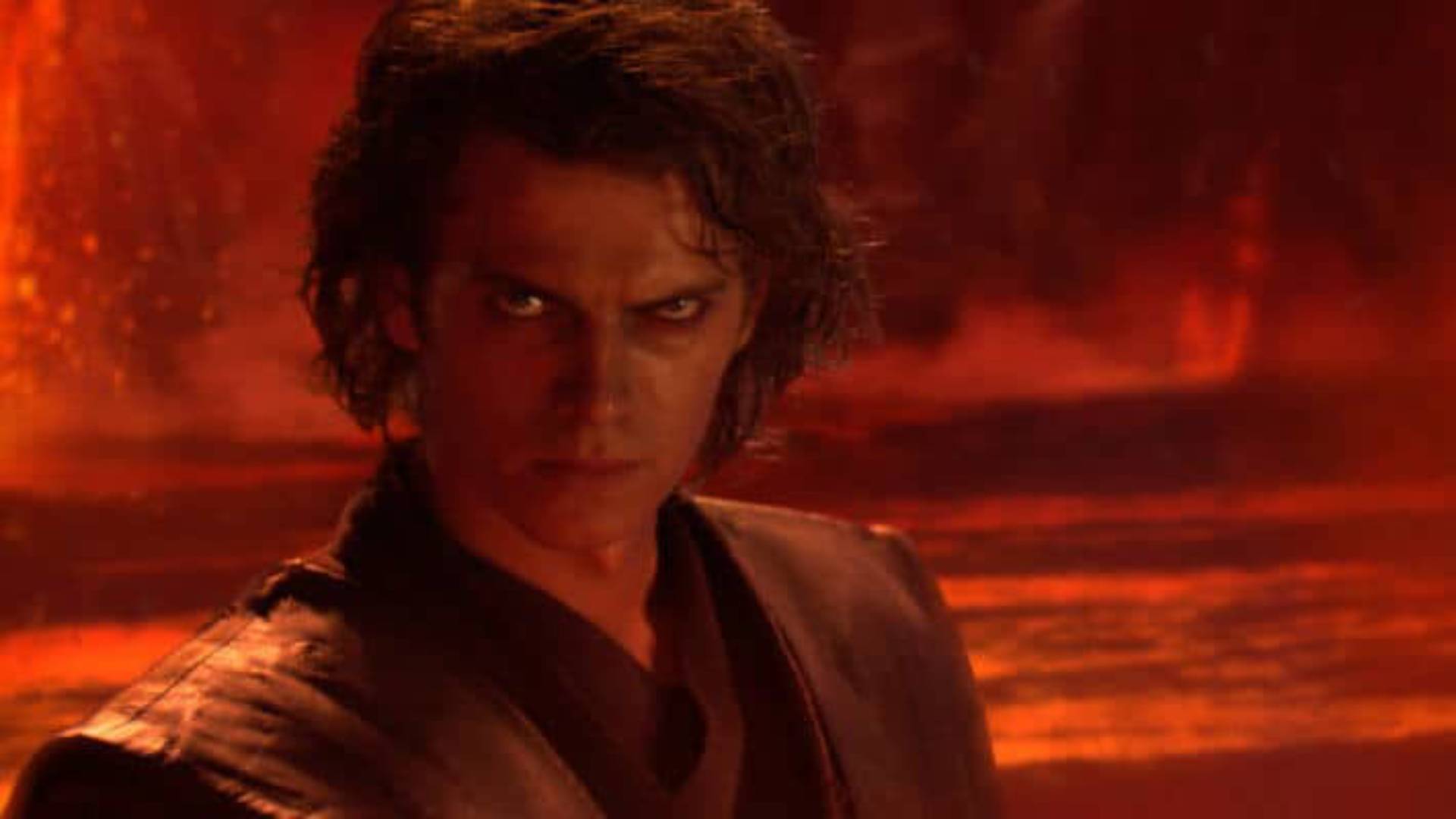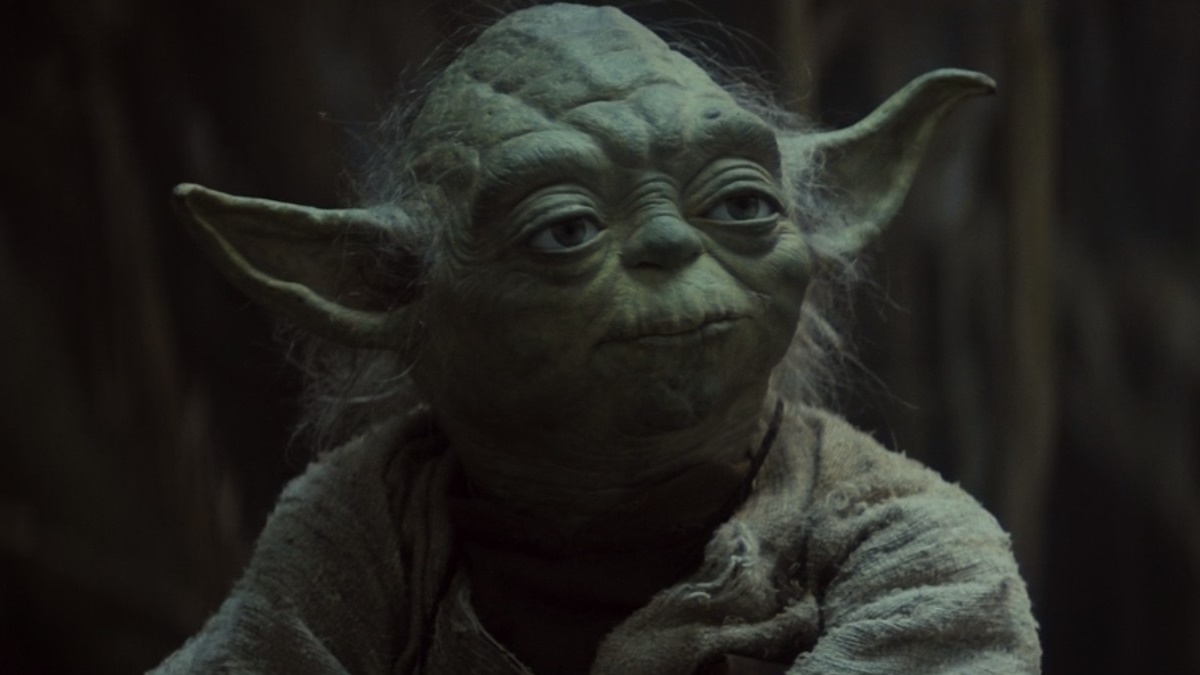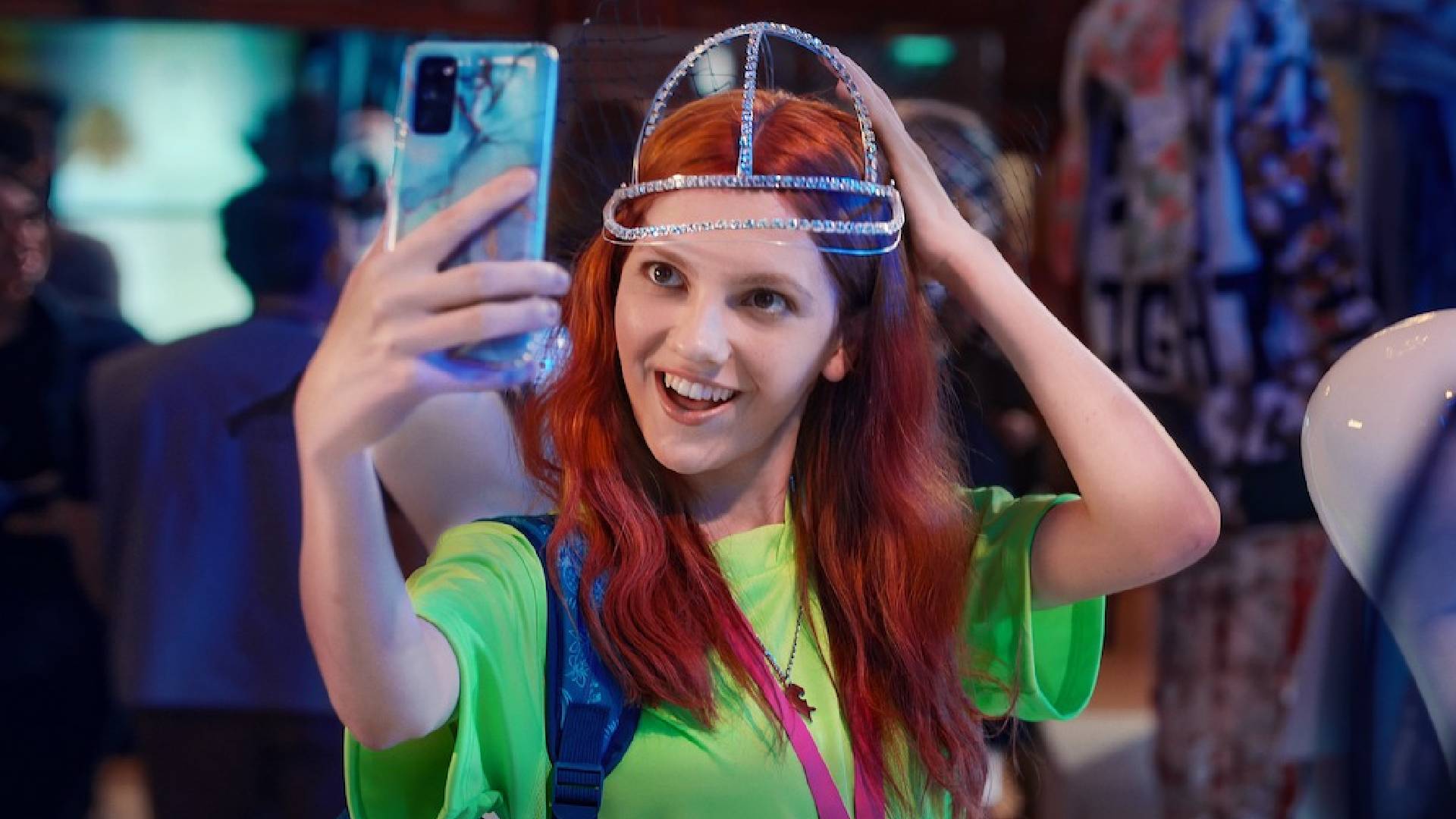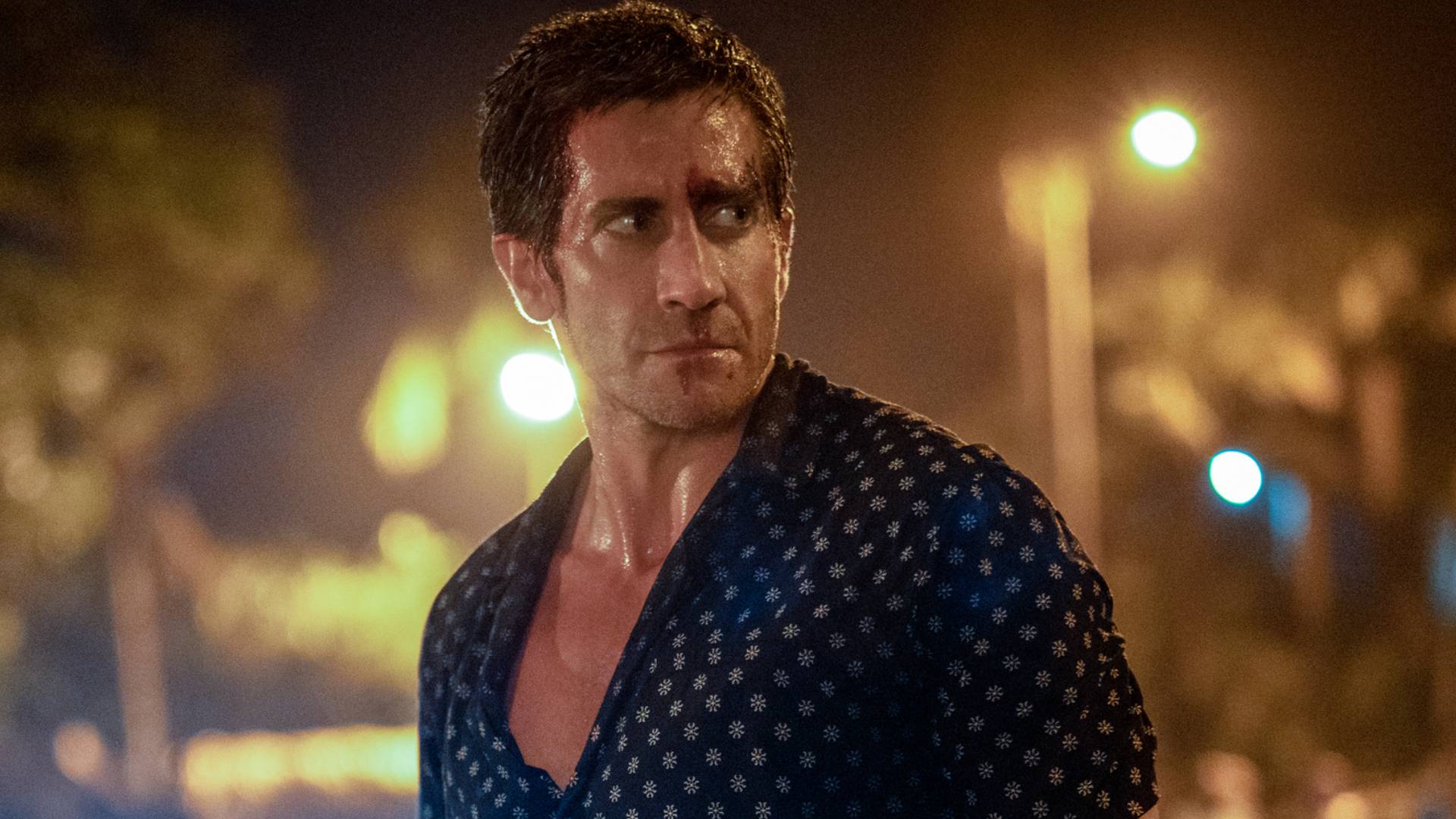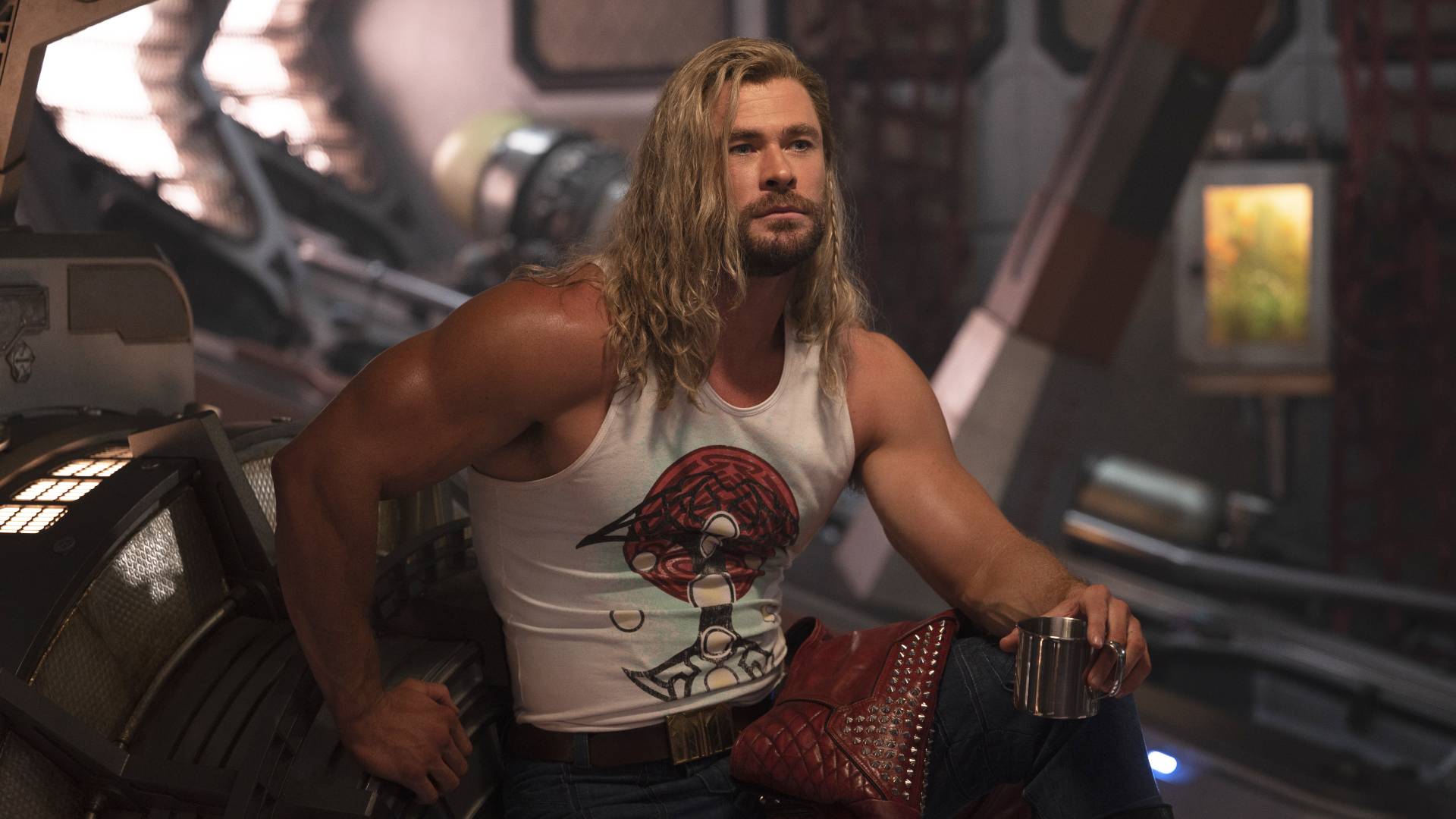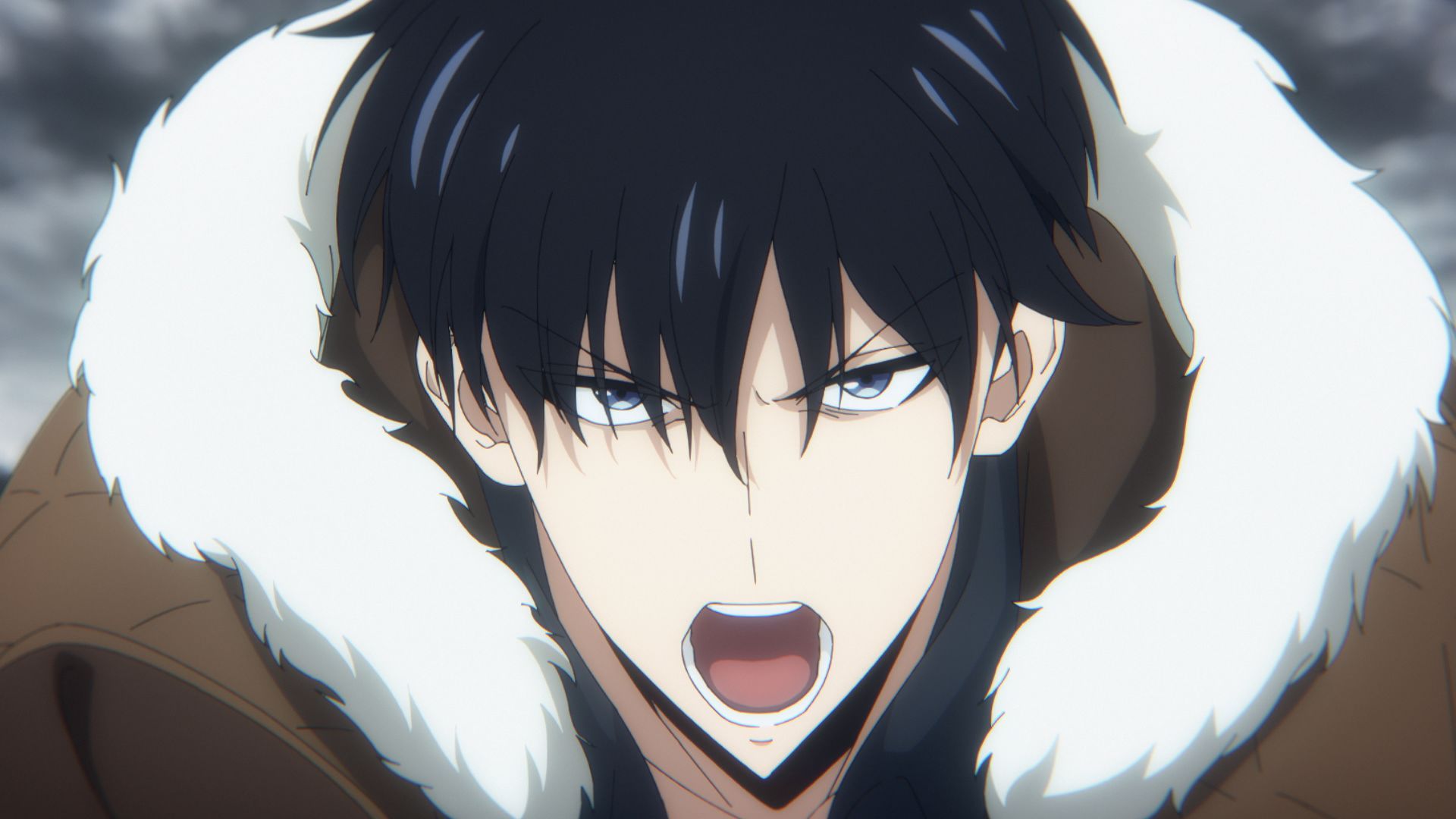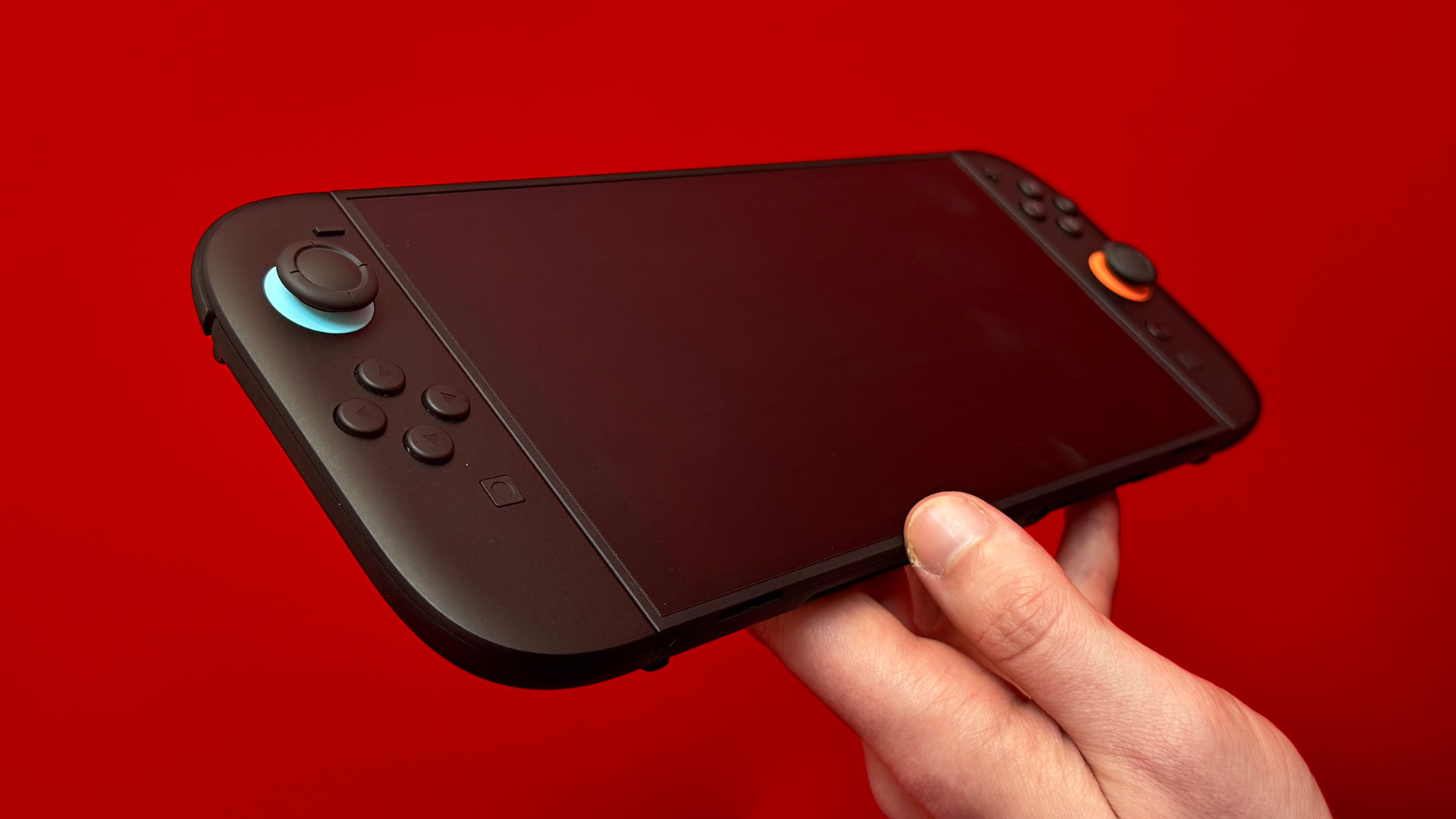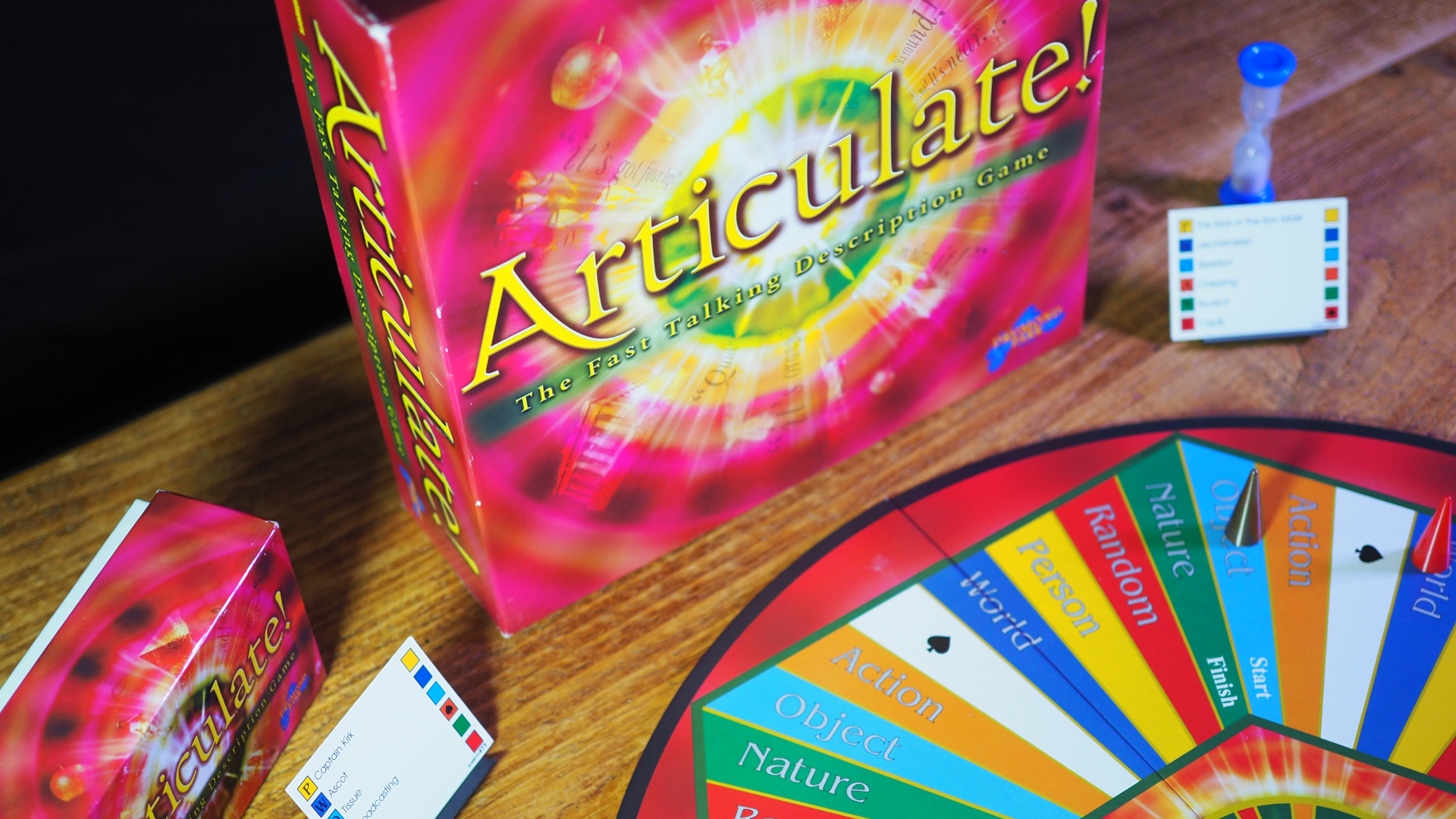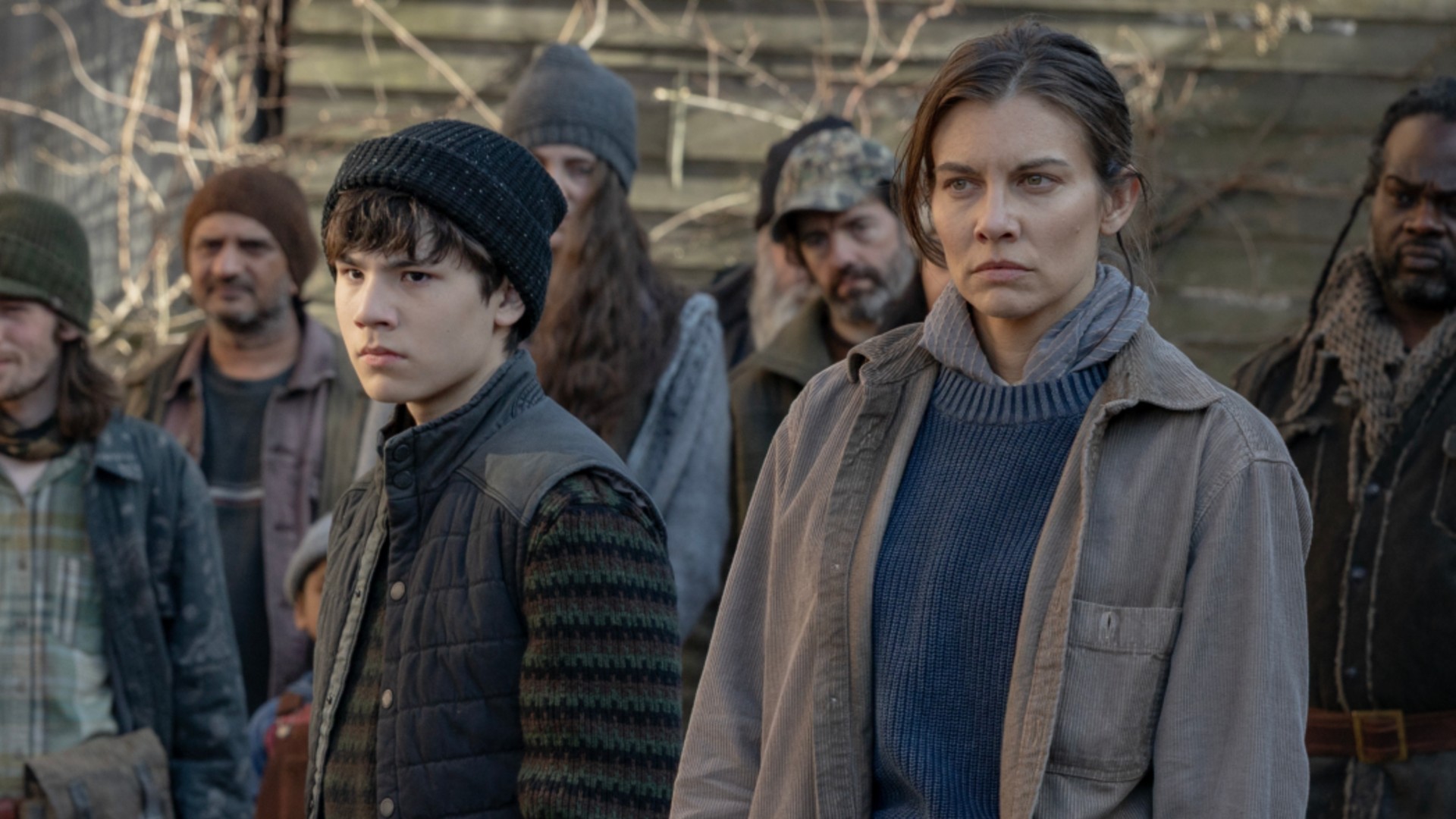When you purchase through links on our site, we may earn an affiliate commission.Heres how it works.
“We love the images that Simon Stalenhag created.
They were kind of like our guides through our process in many ways.
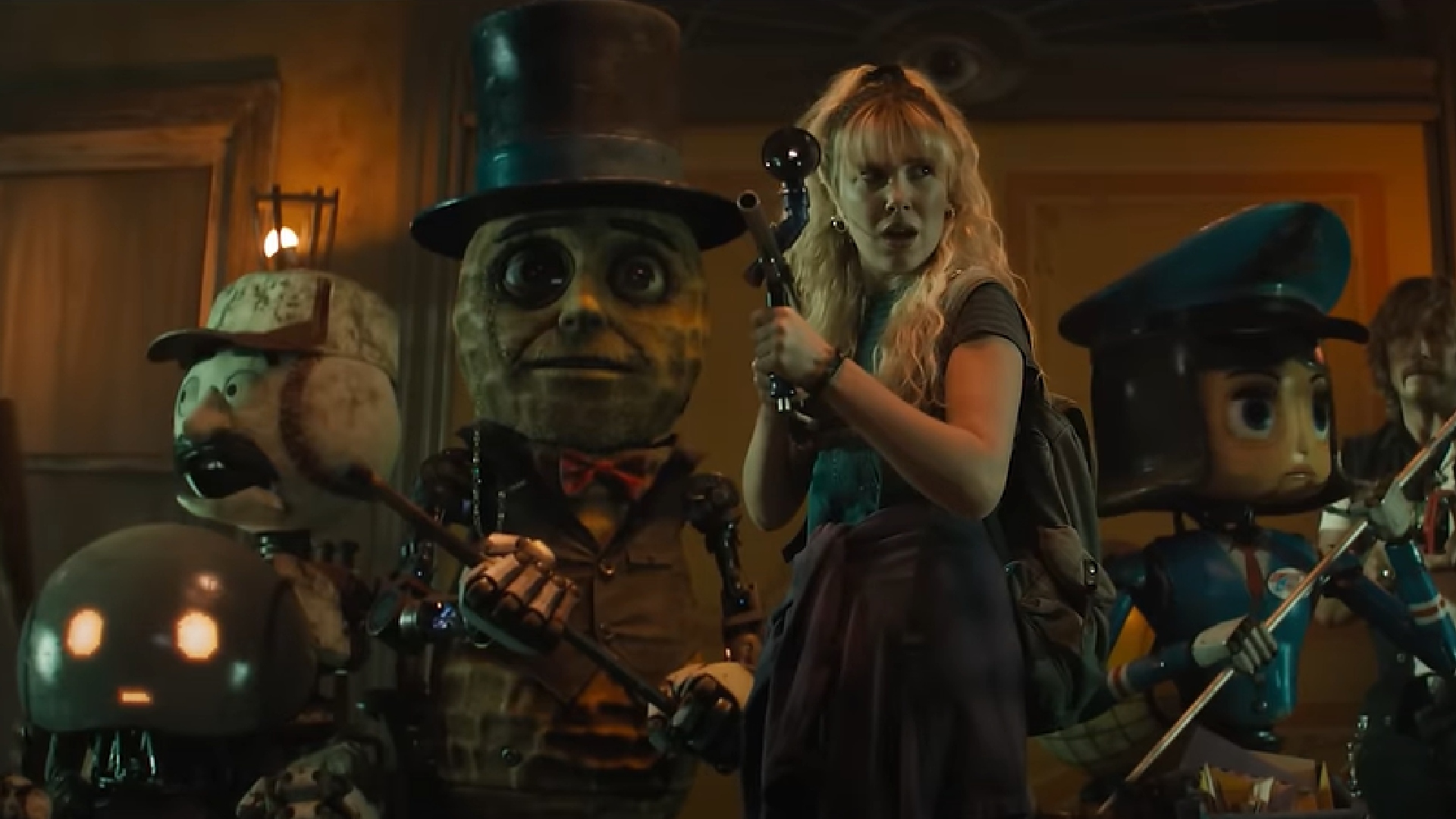
“We did a lot of experimentation in terms of what they were,” he continues.
They also had a nice, childlike simplicity to them.
Their artificial intelligence isn’t quite as complex as our human intelligence.
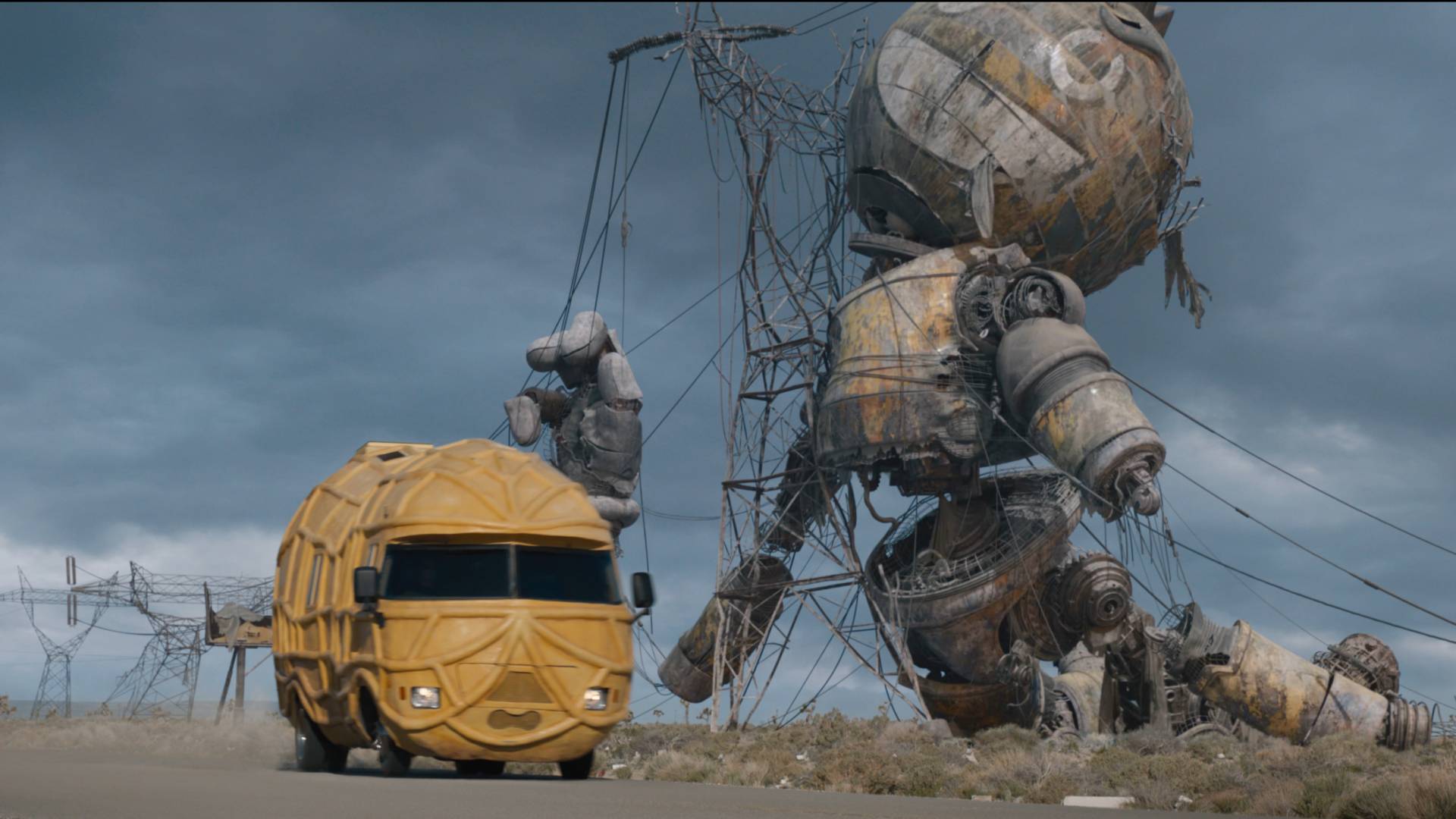
So they have this nice feel.
The VFX also blew away Chris Pratt, who plays Keats, a former soldier turned smuggler.
“The finished project is truly stunning,” he tells us.
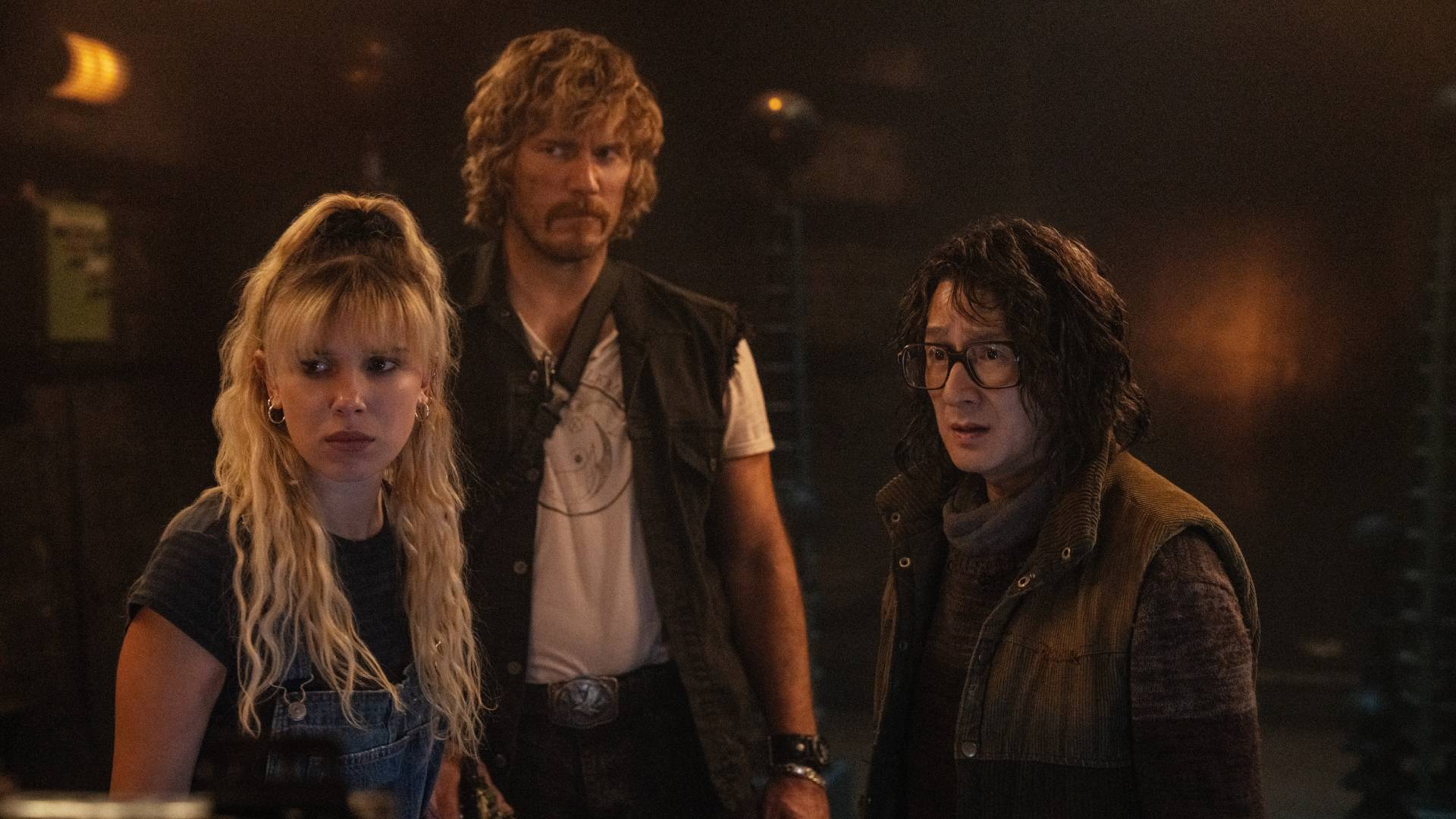
“It’s a very technical job doing a big movie like this, 100-plus shoot days.
Some days we had really amazing sets to be inside,” Pratt explains.
“The mall itself is a real mall, and it was all set dress.
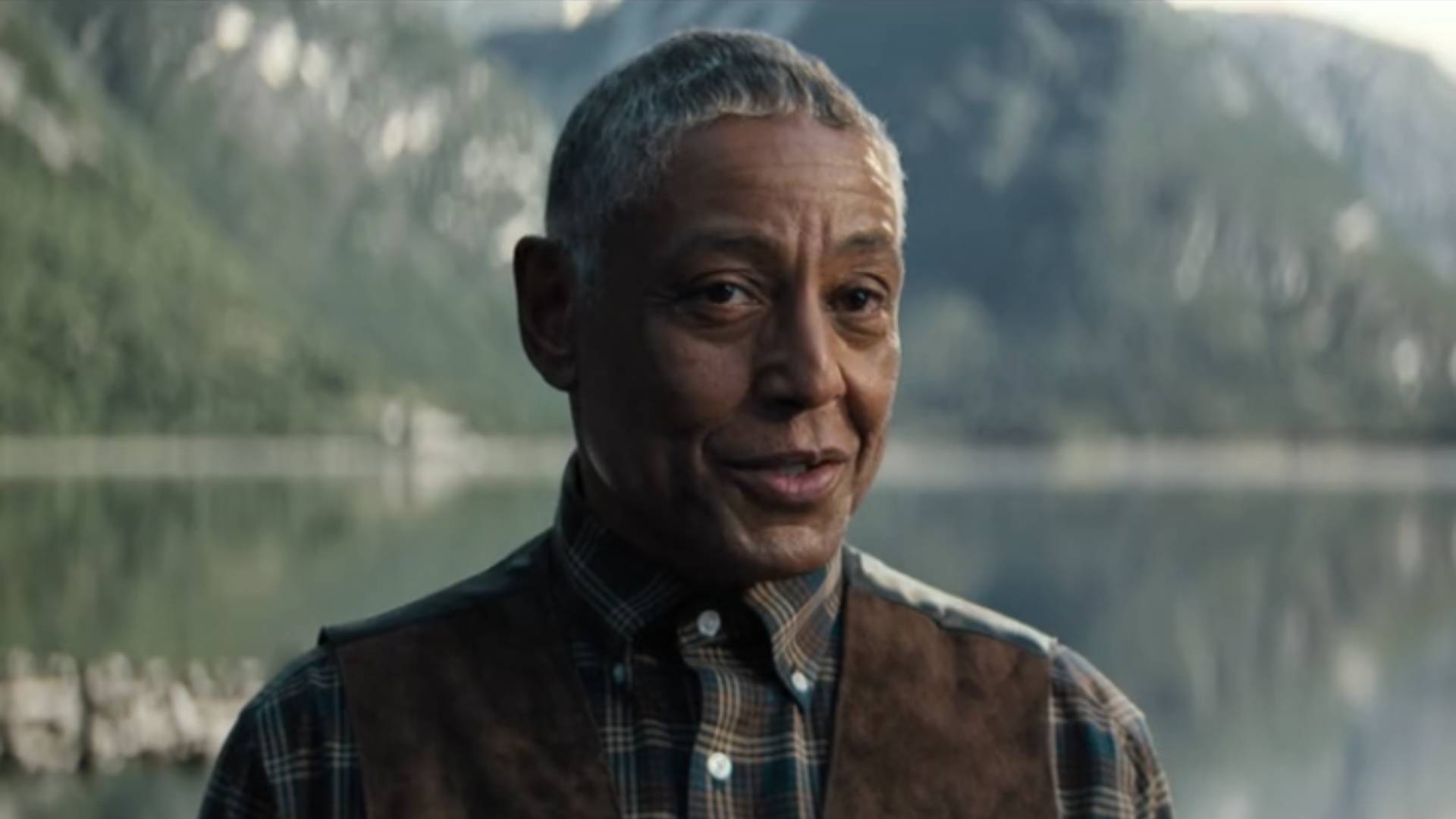
We had a really great set deck.
For the most part, the sets were really, really big.
It’s just the world beyond those sets that were gorgeous and pretty much animated.

I didn’t do any shooting in the desert yet we had a whole sequence in the desert.
The whole third act, we didn’t go to Seattle, yet there we were in Seattle.
It’s primarily green screen.”

It’s a change the Russo brothers say Stalenhag was fully on board with.
“Well, that was also intentional,” explains Joe Russo.
“Younger generations are more exposed right now and potentially more in danger from technology.
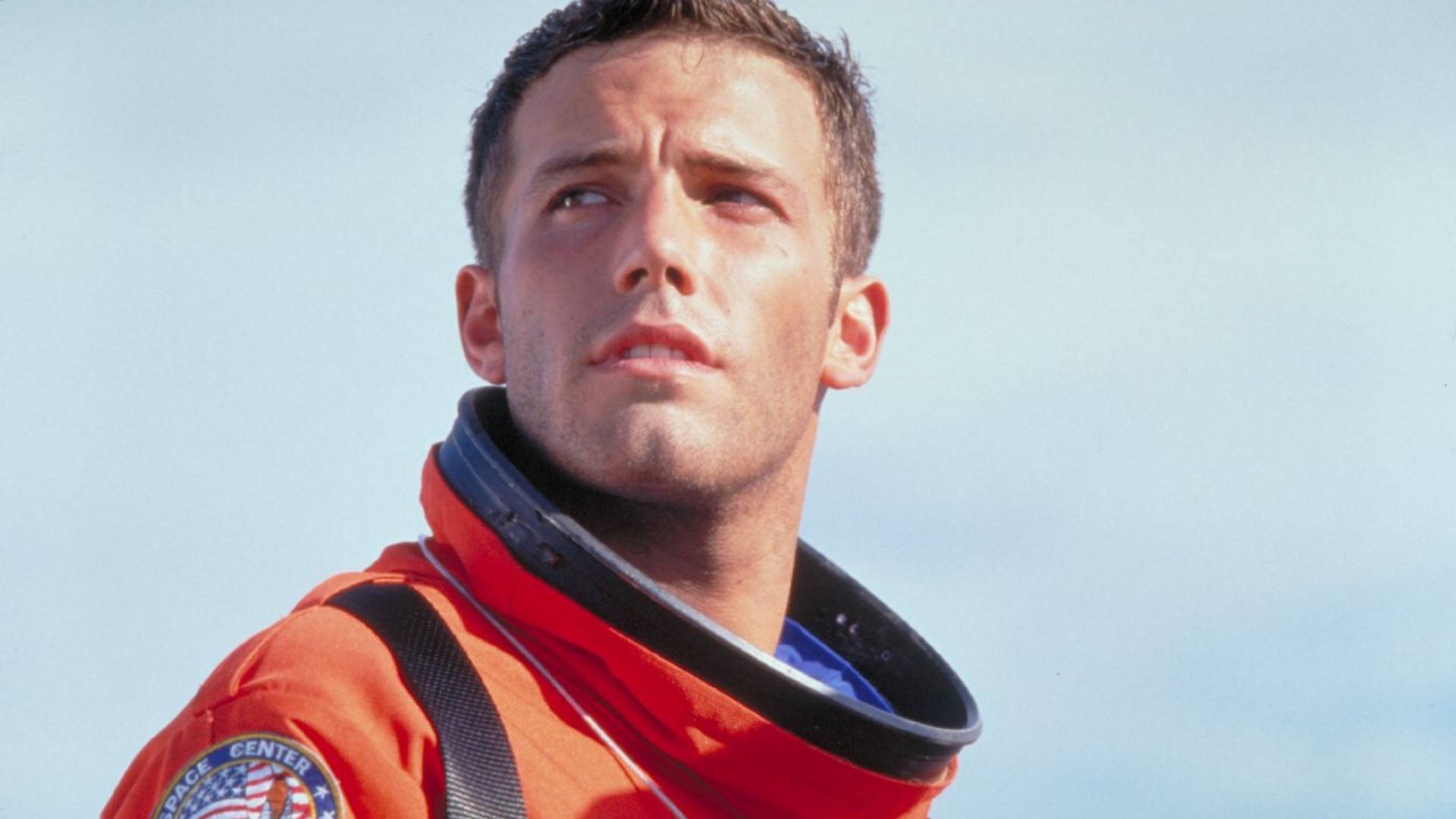
We wanted to ensure they saw the movie.
That was something that Simon Stalenhag, who’s the author of the book, was fully supportive of.
He has kids himself.
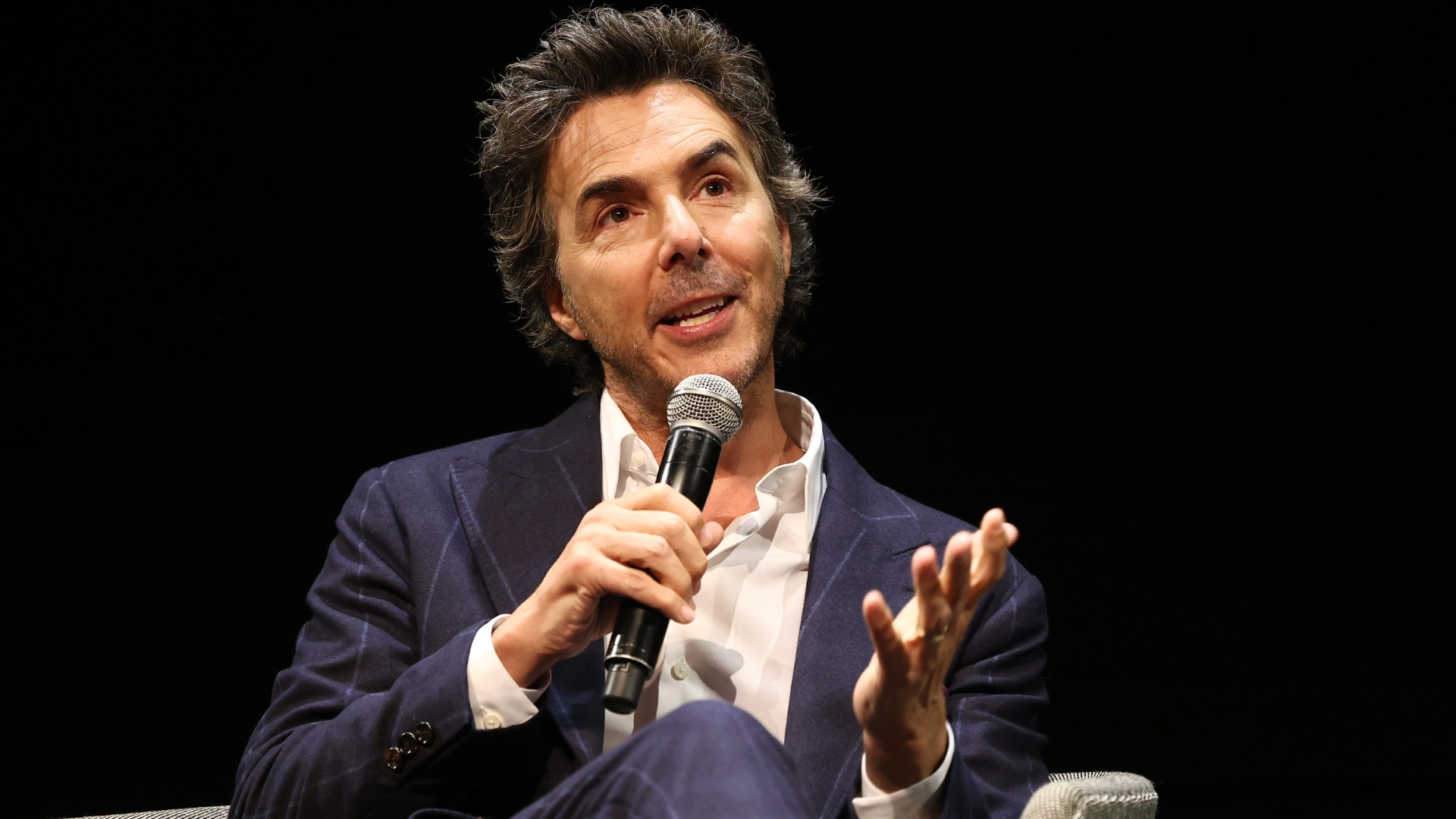
The Electric State is streaming on Netflix this March 14.
